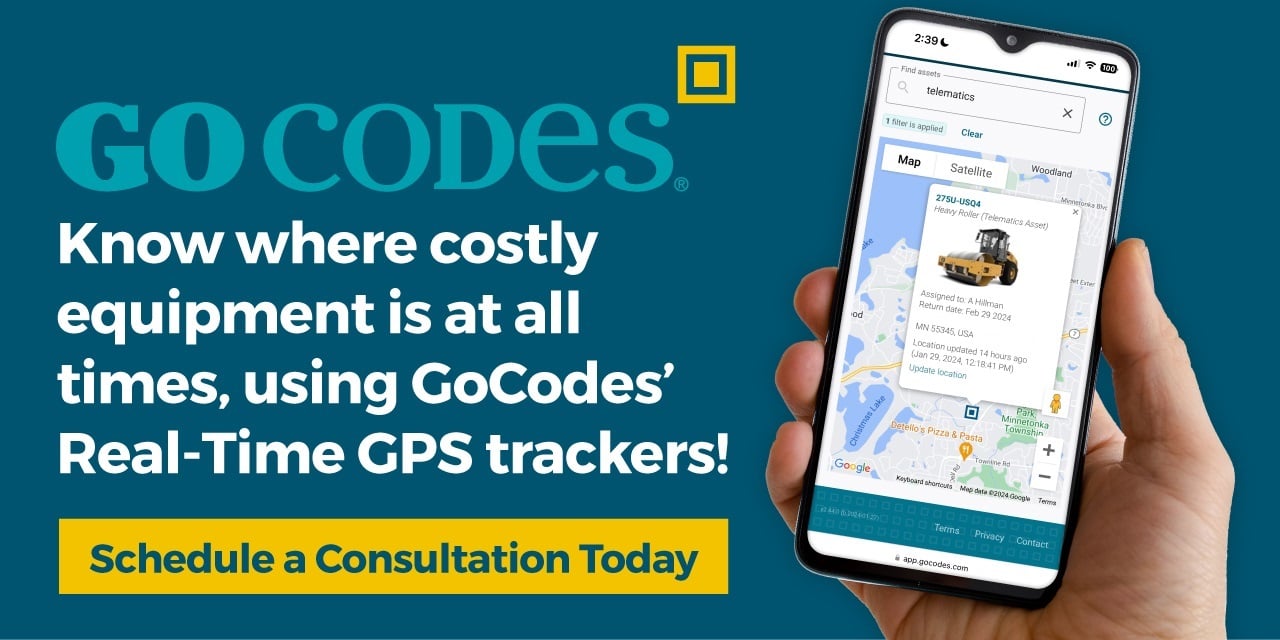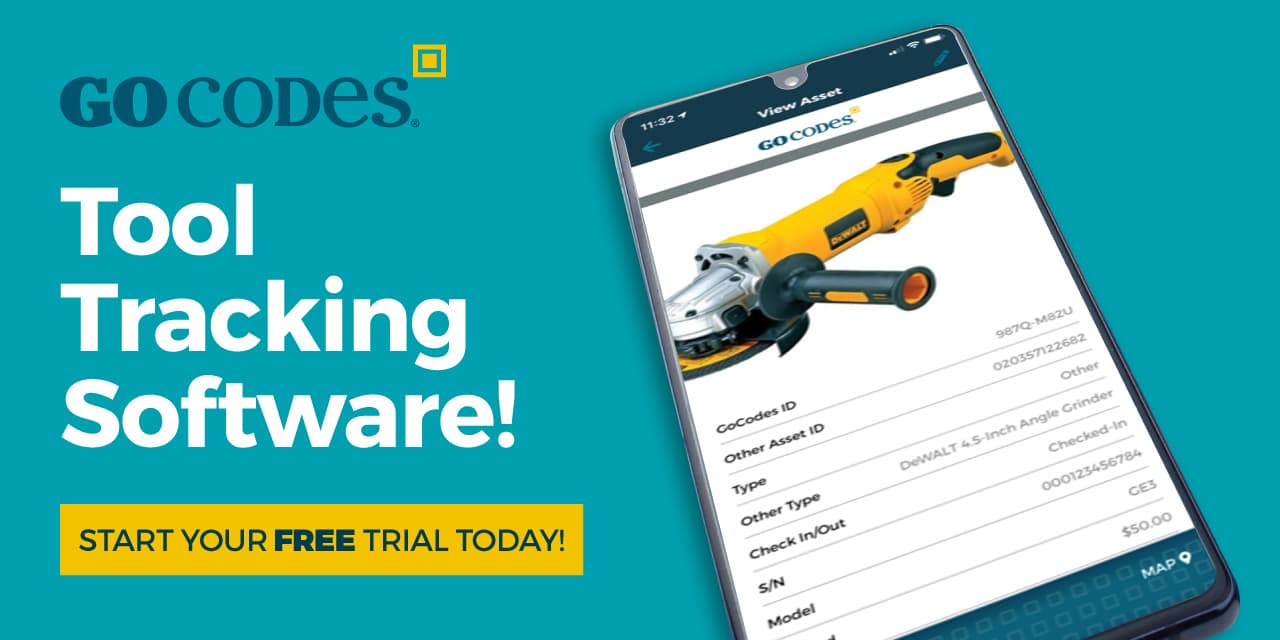Key Takeaways:
- 40% of fleet managers say system integration is their biggest challenge in going digital.
- 47% of workers lack proper training on essential apps and technology.
- Over half of fleet managers still use pen and paper to track operations.
- Real-time GPS tracking and automated alerts are now basic expectations—not future upgrades.
Tired of slow, error-prone paperwork and spreadsheets?
Nearly half of fleet managers still rely on them, but fleet digitalization is becoming inevitable.
While the transition can seem daunting, success will come faster with the right approach.
These six practical steps will help you streamline the process.
Whether you’re a business owner or fleet manager, consider this your roadmap to a more efficient fleet!
In this article...
1. Assess Your Current Fleet Management Process
Your choice of digital solutions depends on your current fleet management processes.
By taking a closer look at your fleet operations as they are, you can quickly identify inefficiencies, from excessive fuel costs and frequent breakdowns to lack of real-time tracking.
For example, data collection challenges are a common symptom of outdated fleet management methods, which are more prevalent than one might think.
The State of Fleet Management survey by Motive revealed that over half of fleet managers actively relied on pen-and-paper methods in 2022.
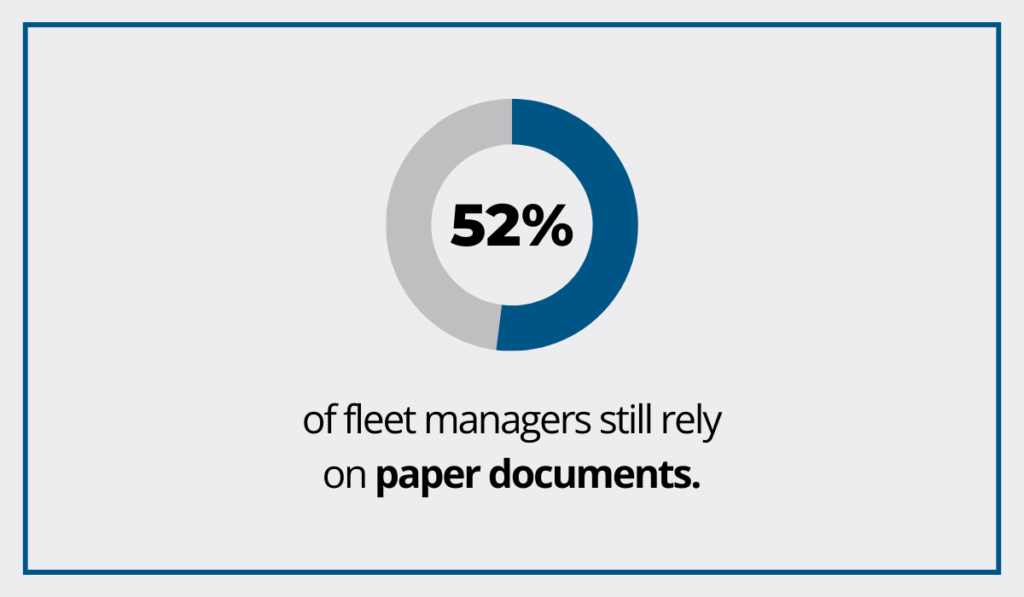
Illustration: GoCodes Asset Tracking / Data: Motive
It’s worth noting that 60% reported using spreadsheets, but this isn’t much better.
Despite their versatility, Excel spreadsheets are frequently plagued by errors and make it very difficult to glean reliable insights into your fleet’s condition and utilization.
Peter Golding, the Founder and CEO of FleetCheck Ltd, put it best:
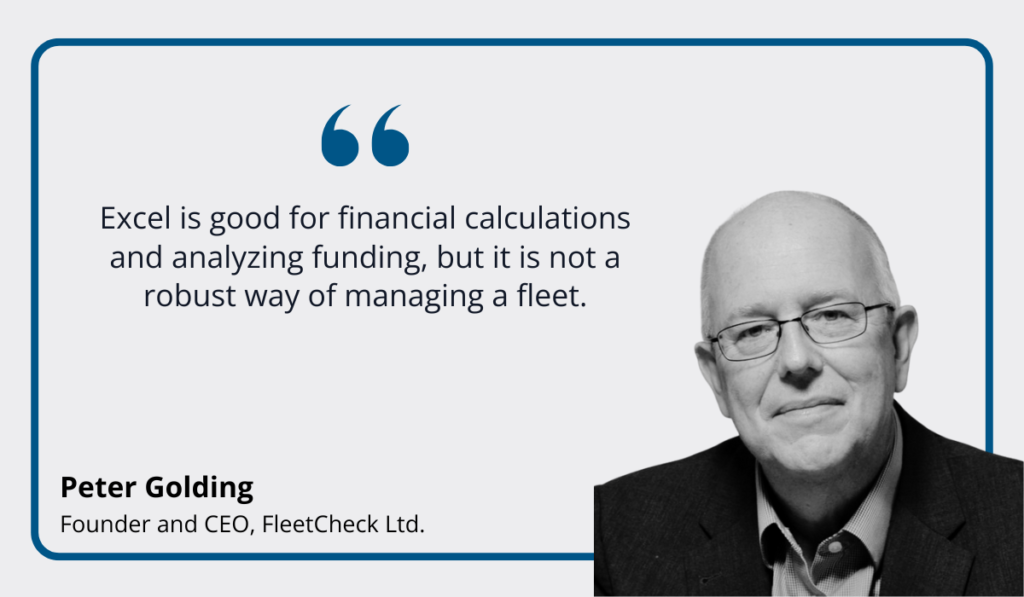
Illustration: GoCodes Asset Tracking / Quote: Fleet News
While Excel still serves its purpose in finance, it was never built to manage dozens—or hundreds—of assets effectively.
On the other hand, top fleet digitalization software is purpose-built to streamline operations and unlock the full potential of your fleet.
But before anything else, take a step back and assess your current fleet management processes.
Look closely at key areas like vehicle tracking, fuel usage, maintenance scheduling, and driver management, but also zoom out for a broader operational view.
Ask yourself:
- How effective is your coordination and communication?
- Which fleet insights are you currently missing?
- Is your decision-making truly data-driven?
For a more efficient assessment, here’s a helpful checklist you can follow.
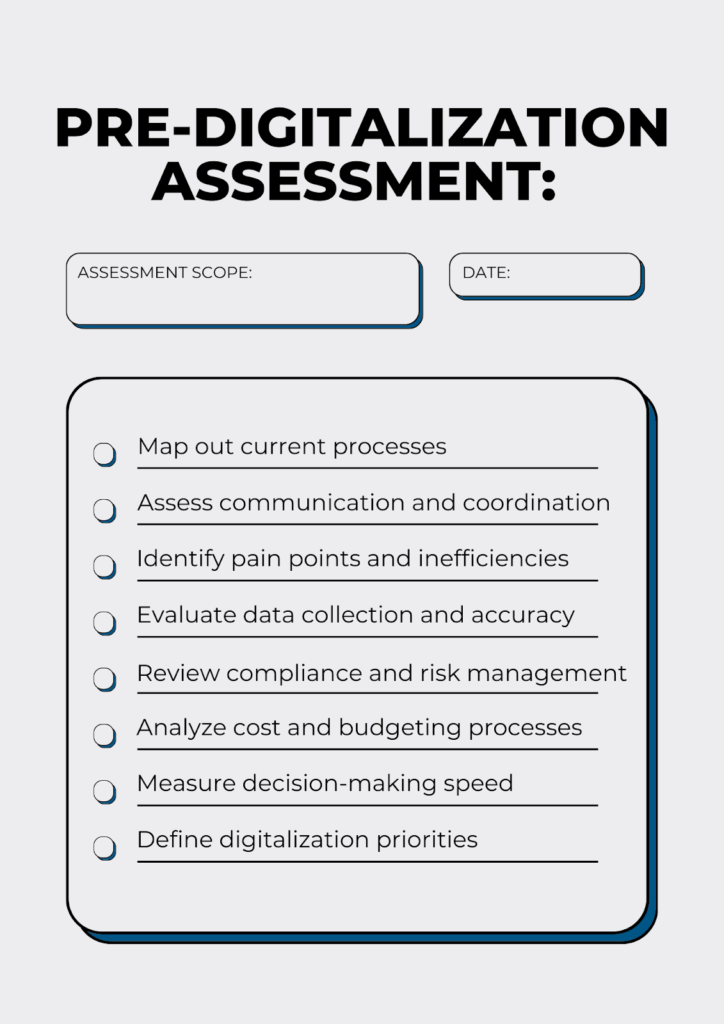
Source: GoCodes Asset Tracking
Making a note of any pain points and inefficiencies is particularly important because these are the areas where technology can make the biggest difference.
Tackling these first leads to quick wins and builds momentum for broader improvements.
Richard Evans, Sales Director at Jaama, agrees.
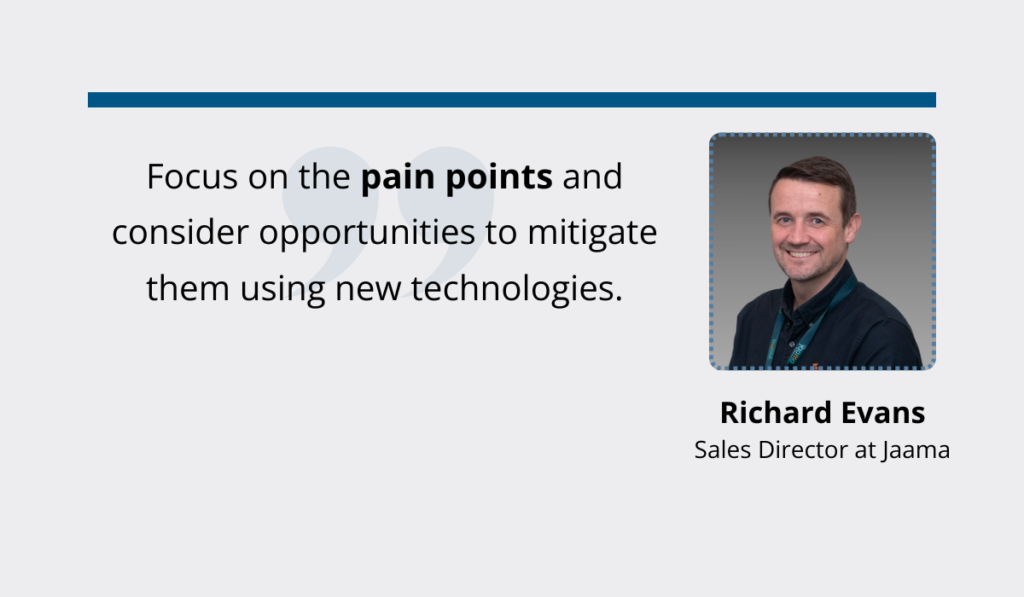
Illustration: GoCodes Asset Tracking / Quote: Fleet News
By highlighting the most pressing areas for improvement, you’re also moving toward framing clear, actionable goals.
2. Set Clear Objectives for Digitalization
What do you want to achieve with fleet digitalization?
Answering it will help you set clear objectives.
In turn, these predefined goals guide the choice of technology and will help you measure success later down the road.
For instance, Webfleet’s recent report shows that the top drivers behind fleet digitalization are reducing operational costs and boosting efficiency.
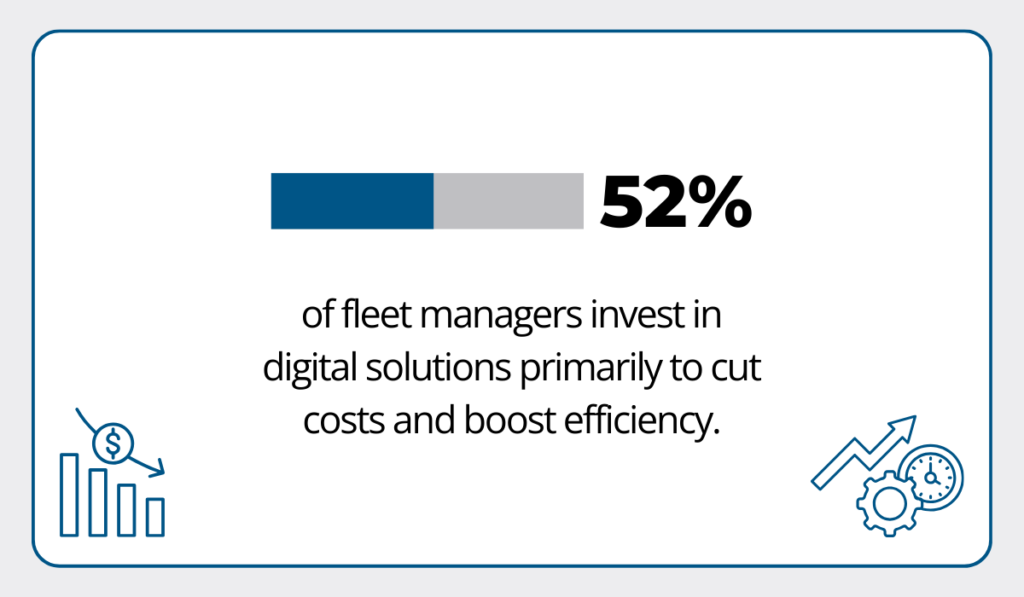
Illustration: GoCodes Asset Tracking / Data: Webfleet
A slightly lower percentage of fleet managers (49%) prioritize enhanced driver and vehicle safety as their top reason.
Ultimately, aligning your digitalization goals with your broader business objectives is key to maximizing ROI.
Just make sure to break them down into measurable goals, such as:
- Reducing fuel consumption
- Optimizing asset utilization
- Improving maintenance efficiency
- Reducing the number of accidents
Not all technologies will be equally effective in achieving these goals, so it’s important to consult relevant research and industry experts to ensure you’re making the best possible decision.
For instance, the top three outcomes of GPS fleet tracking, as reported by Automotive survey respondents, highlight its role in improving driver safety and correcting dangerous driving habits.
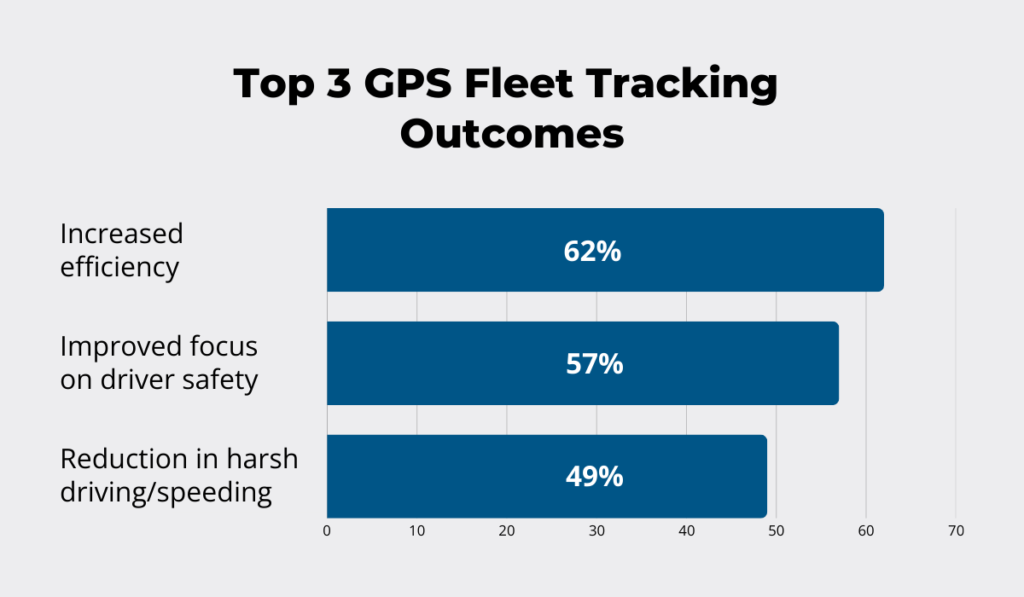
Illustration: GoCodes Asset Tracking / Data: Automotive
However, while GPS tracking helps monitor and improve driving behavior, enhancing safety and reducing costs may require additional technologies like AI dashcams.
AI dashcams have quickly become an integral part of comprehensive driver monitoring systems (DMS), ensuring driver alertness by detecting fatigue, unsafe behavior, and even medical emergencies.
This technology significantly lowers the risk of accidents, leading to substantial cost savings.
Motive’s calculations give a clear illustration of their extent:

Illustration: GoCodes Asset Tracking / Data: Motive
And remember:
The goals you define here will shape every step of the implementation process.
So it’s worth taking the time to get them right.
3. Choose the Right Fleet Management Software
With relevant insights and clear guideposts in hand, it’s time to choose the right fleet digitalization solution.
Your decision ultimately comes down to finding the optimal combination of features that aligns with your needs, goals, and budget.
And while the needs of smaller and larger fleets differ, your chosen software should support:
- Real-time vehicle tracking and diagnostics
- Fuel and maintenance management
- Driver performance monitoring
- Regulatory compliance
These objectives connect directly to essential fleet management features like GPS tracking with geofencing, telematics, and automated service reminders.
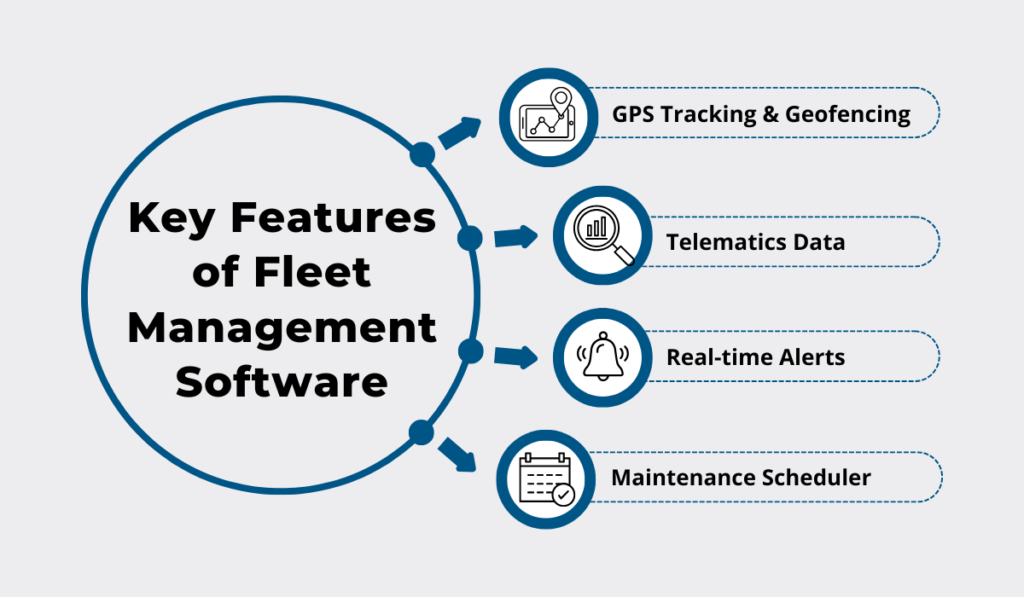
Source: GoCodes Asset Tracking
To show how these capabilities work in practice, let’s take a closer look at GoCodes Asset Tracking—our comprehensive asset management and fleet digitalization solution.
A suite of powerful, real-time GPS trackers lets you monitor each asset’s location and usage, all presented in a user-friendly dashboard.
Source: GoCodes Asset Tracking
You can access insights on fuel consumption, utilization, or triggered alerts from any connected device—or share them as clear summaries with your team.
As for driver performance, GoCodes Asset Tracking offers three dedicated reports to give you a fuller picture of behavior and trends.

Source: GoCodes Asset Tracking
Robust reporting and analytics like these drive better decision-making and support the growing trend of fleets expanding their telematics networks over the next 12 months.
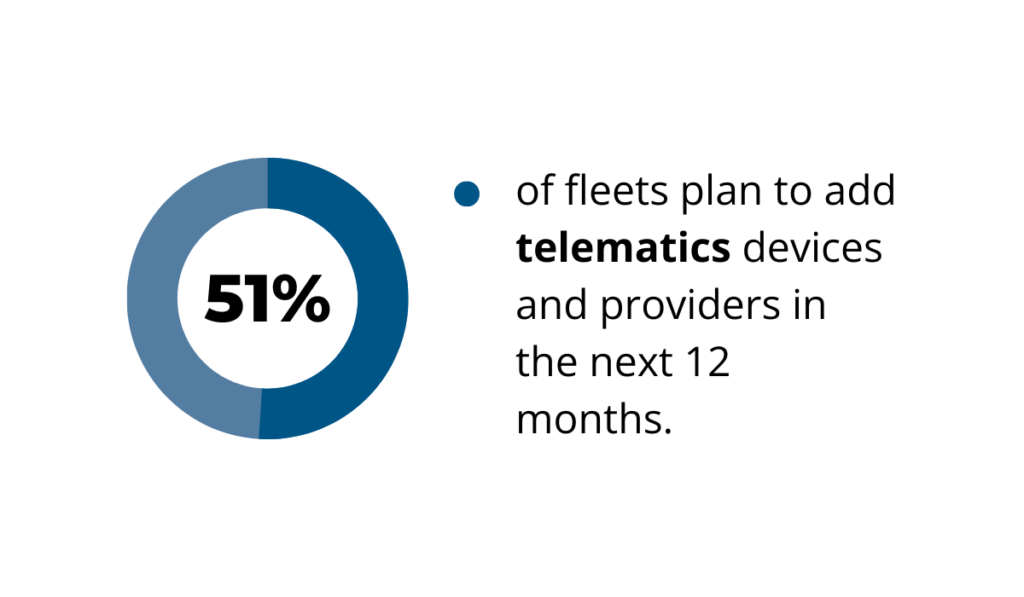
Illustration: GoCodes Asset Tracking / Data: Samba Safety
However, even simple features such as real-time alerts and automated service reminders drive fleet management software adoption.
With GoCodes Asset Tracking, you don’t have to worry about overlooked maintenance because you can customize alerts for each asset and ensure the right staff are notified when the predefined conditions are met.

Source: GoCodes Asset Tracking
Other than the features themselves, there’s one final aspect to consider: the software’s integration capabilities.
Systems that impede seamless data sharing slow down operations, creating plenty of frustration and inefficiencies.
This is why Eric Schubert, Chief Information Officer at Casella Construction, sees it as a dealbreaker:
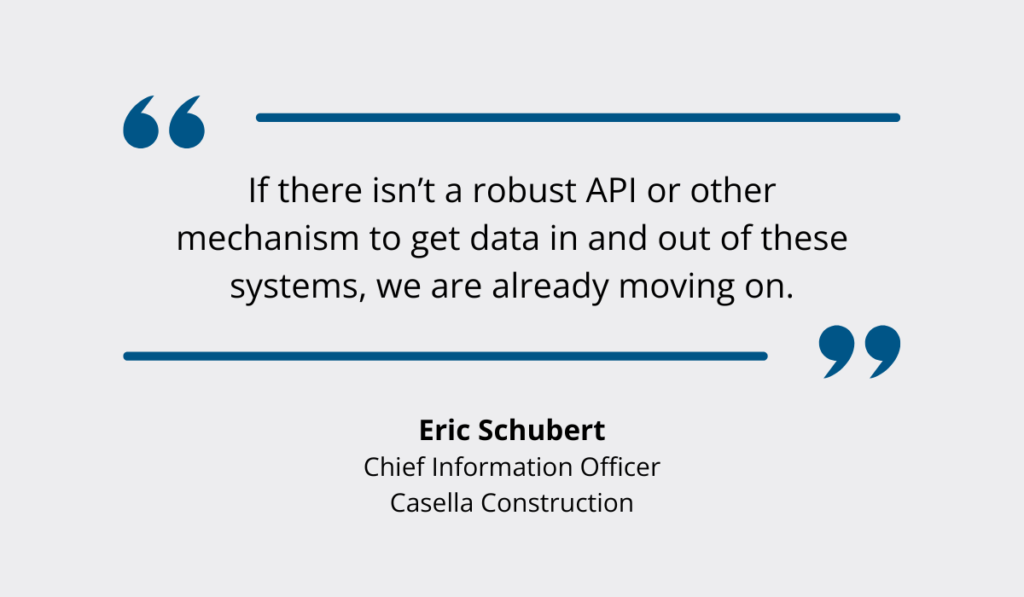
Illustration: GoCodes Asset Tracking / Quote: Construction Business Owner
In short, choosing software with robust features and strong integration capabilities ensures smoother operations and more efficient data flow, making it the decisive factor in every fleet digitalization process.
4. Integrate Fleet Management Software with Other Systems
Next up, you need to connect fleet management software with your existing digital tools.
A successful integration allows for better cost tracking, improved resource allocation, and more efficient logistics planning, ultimately enhancing decision-making across all business processes.
However, with benefits come challenges.
According to the Webfleet report we mentioned earlier, 40% of fleet managers say that integration with existing systems and processes is their biggest concern.
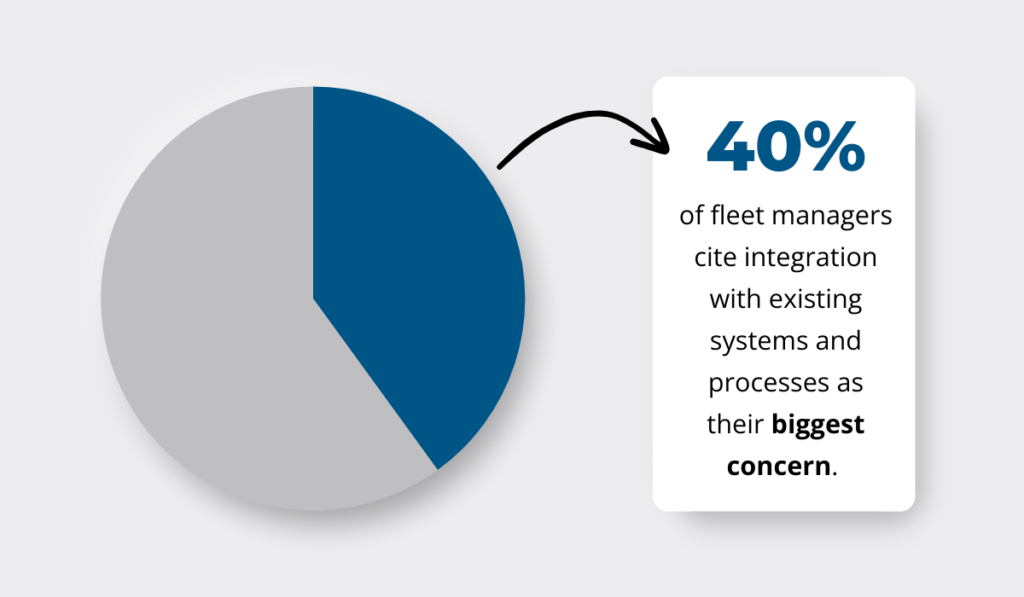
Illustration: GoCodes Asset Tracking / Data: Webfleet
In construction, for example, seamless data flow between departments can significantly boost project efficiency.
On the other hand, the lack of interoperability can lead to costly delays by disrupting communication and workflow.
Userlane’s survey even identifies poor integration as a key reason why digitalization efforts often fail.
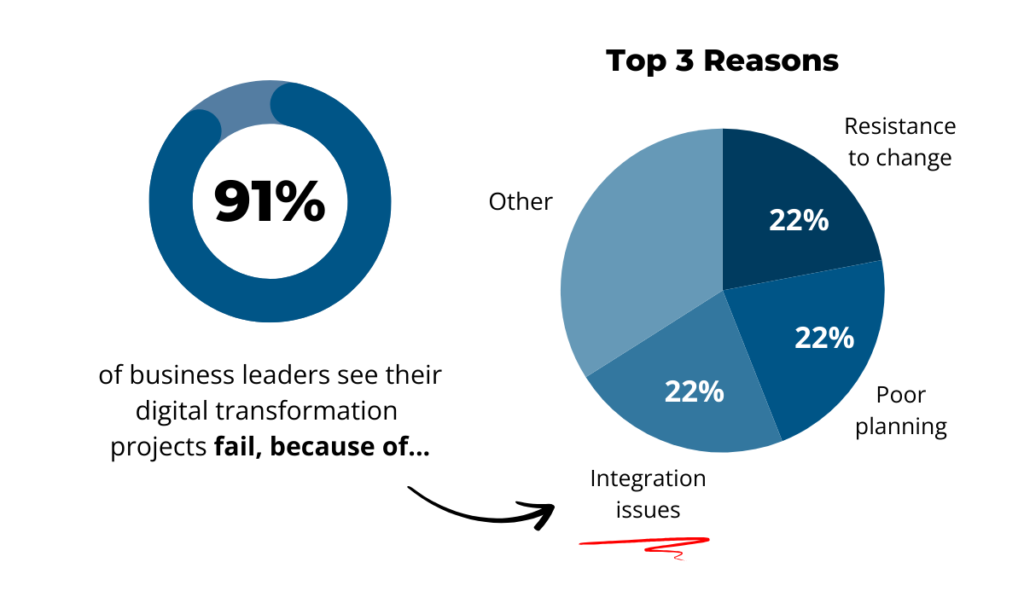
Illustration: GoCodes Asset Tracking / Data: Userlane
It’s easy to see why: new inefficiencies only feed into employees’ existing resistance to change, which can undermine the entire initiative.
So, the real question is: How can you prevent this from happening?
Fortunately, you’ve eliminated most of the concerns with the previous step.
Having chosen a solution that supports integrations with various systems, your next step is to identify essential connections, such as:
- ERP system
- Inventory management system
- Accounting or financial management systems
While software with open APIs ensures smooth data exchange, it’s important to standardize data formats to prevent potential errors.
Automating data syncing eliminates manual entry, improving both accuracy and efficiency.
Security and compliance are also crucial considerations to protect sensitive fleet data.
James Yeh, Executive Vice President for container liner company Wan Hai Lines Ltd., advises caution when it comes to potential cyber attacks and other vulnerabilities.

Illustration: GoCodes Asset Tracking / Quote: DNV
To mitigate risks, consider implementing encryption protocols and defining access control policies to ensure that only authorized personnel have access to sensitive data.
By following these steps, you’ll create a centralized, efficient system that enhances decision-making and strengthens control over your fleet.
5. Train Employees on the New System
A digital fleet management solution is only effective if your employees know how to use it properly.
In other words, you need to organize hands-on training for drivers, fleet managers, and maintenance teams on how to navigate the software, interpret data, and respond to alerts.
But as Oryxalign’s research shows, this is easier said than done.
Their recent survey reveals that 88% of respondents from multiple industries are dissatisfied with the quality of training they receive, highlighting a significant area for improvement.
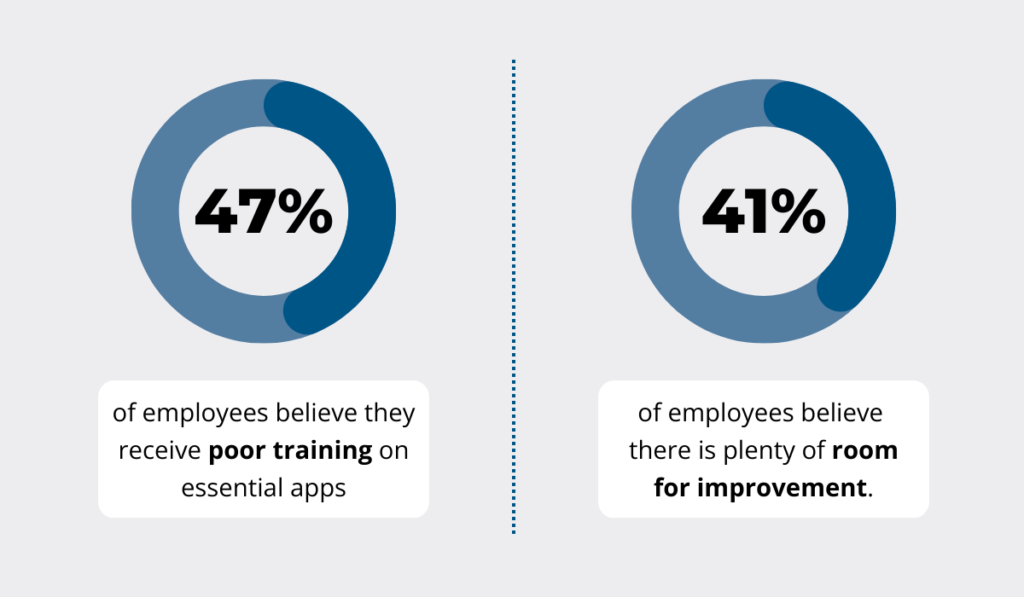
Illustration: GoCodes Asset Tracking / Data: Oryxalign
Lack of organized training is a major software deployment mistake, even when it doesn’t necessarily indicate a lack of resources or confusing content.
Often, it means employees are receiving little to no support or clarity in their training, which leaves them feeling unsupported as they navigate the new software.
Nika Khutsurauli, Logistics Operations Manager at TRANSGEORGIA, emphasizes that while the quality of training is crucial, it’s equally important to ensure that the team feels comfortable with the process.

Illustration: GoCodes Asset Tracking / Quote: LinkedIn
To put it differently, prioritizing clear communication and offering ongoing support are key to ensuring a smooth adoption process and maximizing the benefits of digitalization.
These principles also play a critical role in how you organize training and the types of educational content you provide.
Quick-reference guides and short, illustrative video formats are particularly effective tools for securing employee buy-in and ensuring ongoing success.
While individual videos can be helpful, it’s even better to create a resource repository with on-demand training content.
For example, Fleetio’s customer training resources can be filtered by roles, ranging from fleet manager to driver and technician.

Source: Fleetio
This targeted approach helps tailor training to specific needs, increasing its relevance and effectiveness.
Additionally, don’t overlook the value of peer-to-peer learning.
As noted by Trimble Civil Solutions’s Elwyn McLachlan, younger workers, who are digital natives, tend to be more comfortable with technology and can help their less tech-savvy colleagues get accustomed to new systems.

Illustration: GoCodes Asset Tracking / Quote: For Construction Pros
Regardless of the strategy you choose, providing structured, clear, and accessible training is essential.
It will empower your employees and deliver the results you’re aiming for.
6. Continuously Monitor Performance
Digitalization is an ongoing process, not a one-time effort.
If you want to get the most out of your digital systems and gain a competitive edge, you need to continuously analyze your fleet data.
By regularly monitoring performance, you can identify areas for improvement, be it reducing fuel wastage, optimizing routes, or improving driver performance.
Your objectives dictate the metrics you should keep an eye on.
However, it’s a good idea to keep in mind a broader set of fleet management metrics that can be divided into several groups, from utilization and maintenance to safety and costs.

Source: GoCodes Asset Tracking
If you’re focusing on fleet utilization metrics, you want to aim for a high utilization rate, which typically indicates efficient scheduling and resource allocation.
Tracking vehicle idle time and fuel consumption rates will help complete the picture, offering insights into potential inefficiencies.
Meanwhile, key fleet safety metrics, such as driver behavior scores and accident rates, provide a clearer view of overall risk management.
Intuitive software makes it easy to access all this information at a glance and make data-driven decisions.

Source: Teletrac Navman
However, don’t mistake volume for value—your system generates vast amounts of data, but the real challenge lies in making sense of it.
That’s why prioritizing the right metrics and leveraging intuitive software to streamline analysis is essential.
Dion McGregor, an experienced service manager and former fleet supervisor, emphasizes that the time spent on data must deliver tangible value.

Illustration: GoCodes Asset Tracking / Quote: LinkedIn
With his expertise in mind, McGregor advocates for a stronger focus on predictive analytics.
But the broader takeaway is this: focus on relevant, actionable insights, not just raw data without a clear purpose.
Ultimately, refining your digital fleet management strategy ensures ongoing cost savings, optimized resource use, and long-term operational success.
Conclusion
Fleet digitalization is more than a tech upgrade—it’s a shift toward efficiency, accuracy, and long-term success.
However, there are a couple of things you need to do to set the stage for a smooth transition, from defining your strategic objectives to investing in proper employee training.
Choosing robust, reliable software goes without saying.
But remember that technology should simplify operations, not complicate them with poor usability or integration issues.
Stay proactive, track key metrics, and continually refine your approach.
By doing so, you’ll build a smarter, more resilient fleet in no time!


